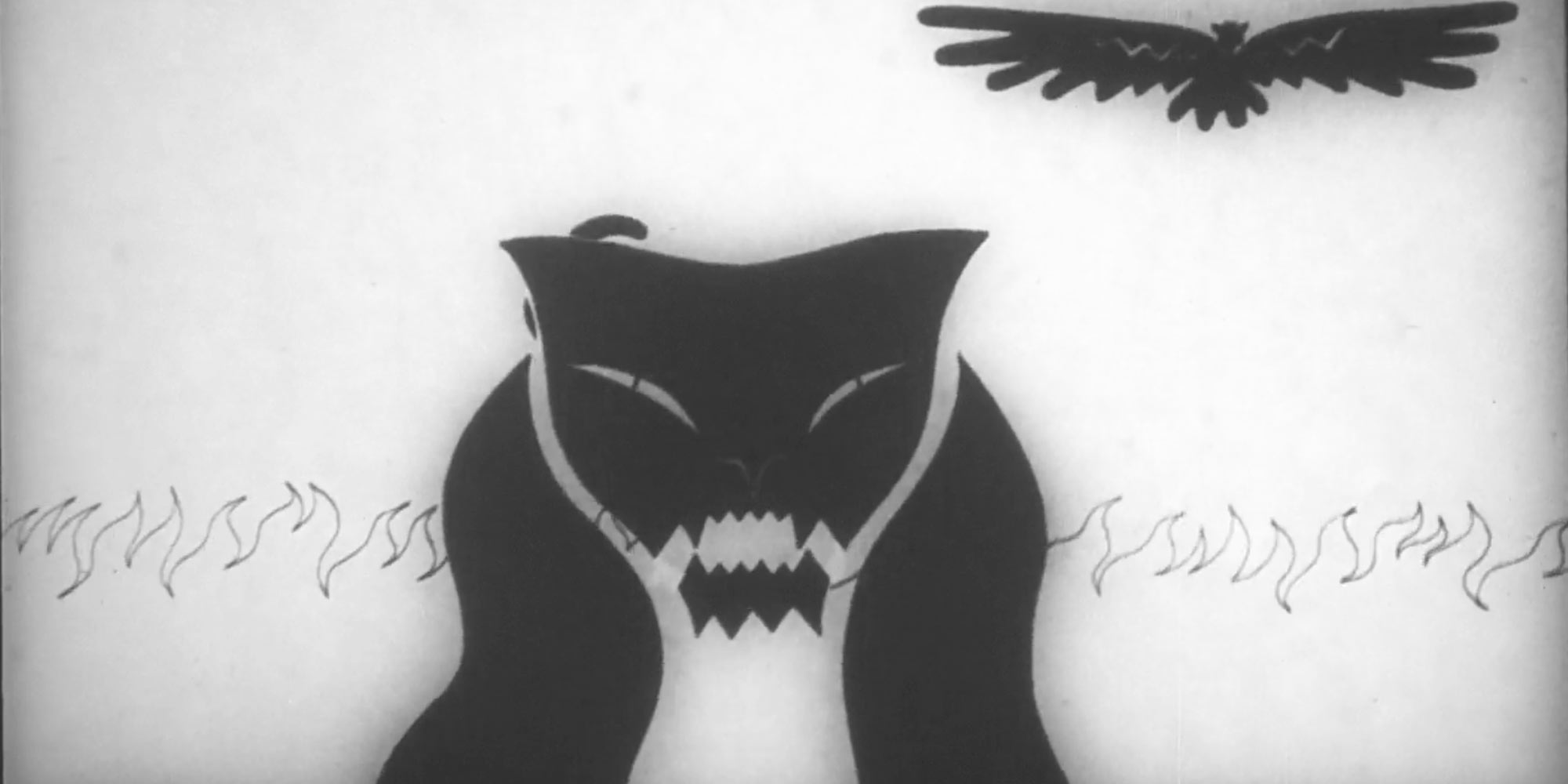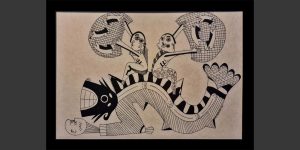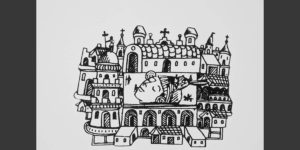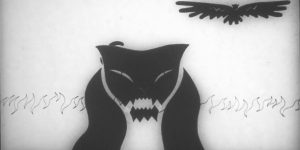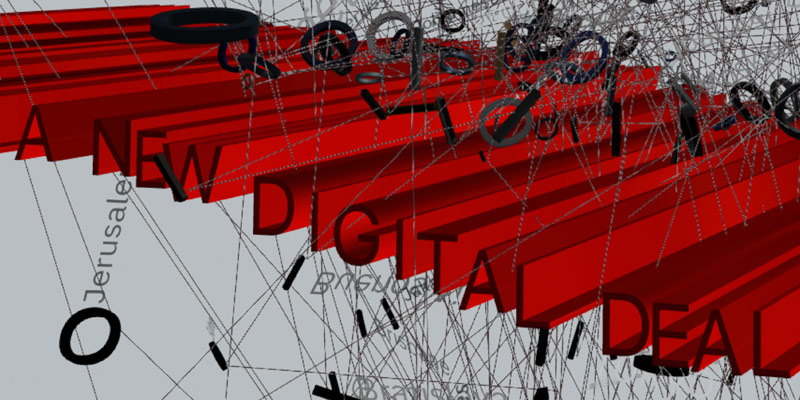The idea of the hybrid, the product of a crossbreeding between different species that translates into the interdisciplinary, is often at the core of creative explorations. Audiovisual projects have become a means of integration, taking resources from various disciplines that connect agents from the visual arts, music performance and dance to create aesthetic experiences.
Audiovisual experimentation in 2021 has taken a turn due to the need for virtualization resulting from the COVID-19 pandemic. Young artists from different regions of the country are interconnected through technology to collaborate from their respective disciplines and explore together, through new audiovisual languages destined for innovative formats – social networks removed from the gallery and institutional circuit.
The field of experimental visual arts in Peru gained momentum in the 1960s, when some artists moved away from conventional forms to explore conceptual non-objectual art, animation, and the relationship between image, movement, sound and the body which, in many cases, resulted in video art projects, actions and performances. Geographical space becomes an element of inquiry that breaks the mold of the art object in the gallery to conquer other scenes. This led to artists developing experiences in the field of the performing arts and initiating a process of normalizing the use of technology for creation.
Hybrid Creations takes this period as a starting point from which to rescue Peruvian experimental production in the visual arts made between the 1970s and 1990s. The first section has a selection of little-known works by artists such as Mario Acha, who in his exploration of video, collaborated with musician Manongo Mujica to create the piece El mito del Inkarri (1977); Rafael Hastings, Esther Vainstein and Gonzalo Pflucker are best known for their visual work, which is why it is important to highlight the exchanges made with artists from other disciplines for the creation of artworks that address the social issues of the time. It is similarly relevant to recognise the work of artist Karin Elmore, an indispensable reference for Peruvian audiovisual experimentation.
The second section focuses on the production of young artists from different regions of the country who have developed video pieces since 2020, and whose core work is connected to that of the aforementioned artists from a process perspective. The pandemic has forced them to connect through various media and agents to collaborate and produce pieces that use audiovisual media but should not be classified under a single discipline. This selection will feature Cruces (2020), by the Cajamarcan artist Irma Cabrera, and Girasoles gritando (2021), by composer Macri Cácere, with the interpretation of Clara Petrozzi, based on a poem by Celeste Suárez.
Finally, two pieces were especially commissioned for the festival. One is based on Precolombina (2021), a video animation by Cusquenian artist Fabrizzio Yabar with music by Macri Cáceres and vocal interpretation by lyric soprano. The other is based on the designs of Shipibo artist Frank Soria.
These works share a latent correspondence related to recurring themes and forms around explorations about the body, space, music, rhythm, and movement, as well as a reflective approach to historical heritage and new media that leads them to rethink traditional elements in their current local context. Given the hybrid conception of these works, we believe that it is important to point out possible connections whilst remaining aware that any established delimitation will be eventually overcome.
Video
Credits
Mario Acha, Manongo Mujica, Gonzalo Pflucker, Arturo Ruiz del Pozo, Esther Vainstein, Luciana Proaño, Karin Elmore, Rafael Hastings, Bertica Prieto, Irma Cabrera, Raquel García, Sofía Fuentes, Macri Cáceres, Clara Petrozzi, Fabrizzio Yabar, Frank Soria. Alta Tecnología Andina – ATA, Museo de Arte de Lima – MALI, Sairah Espinoza, Almendra Otta.
